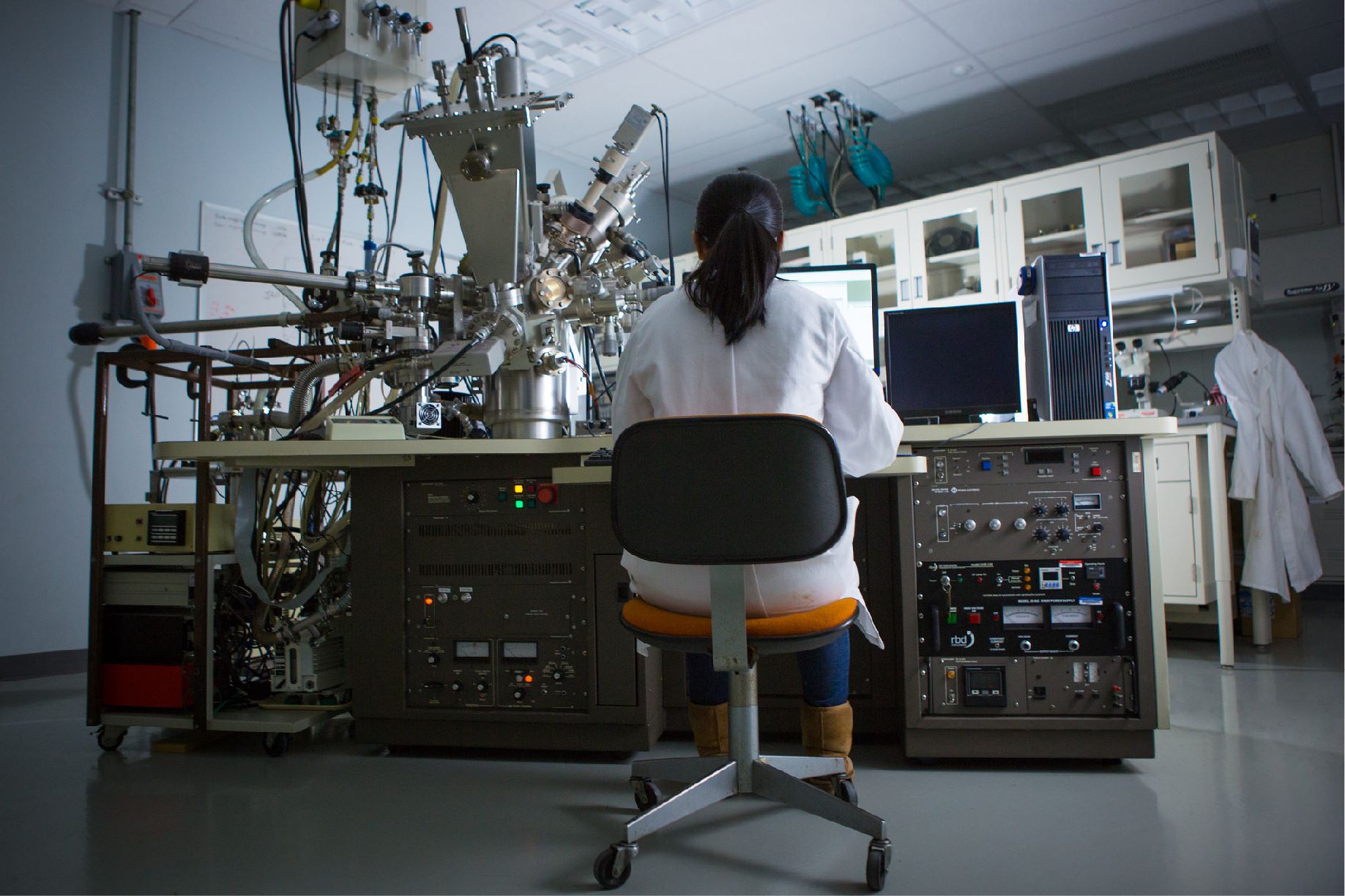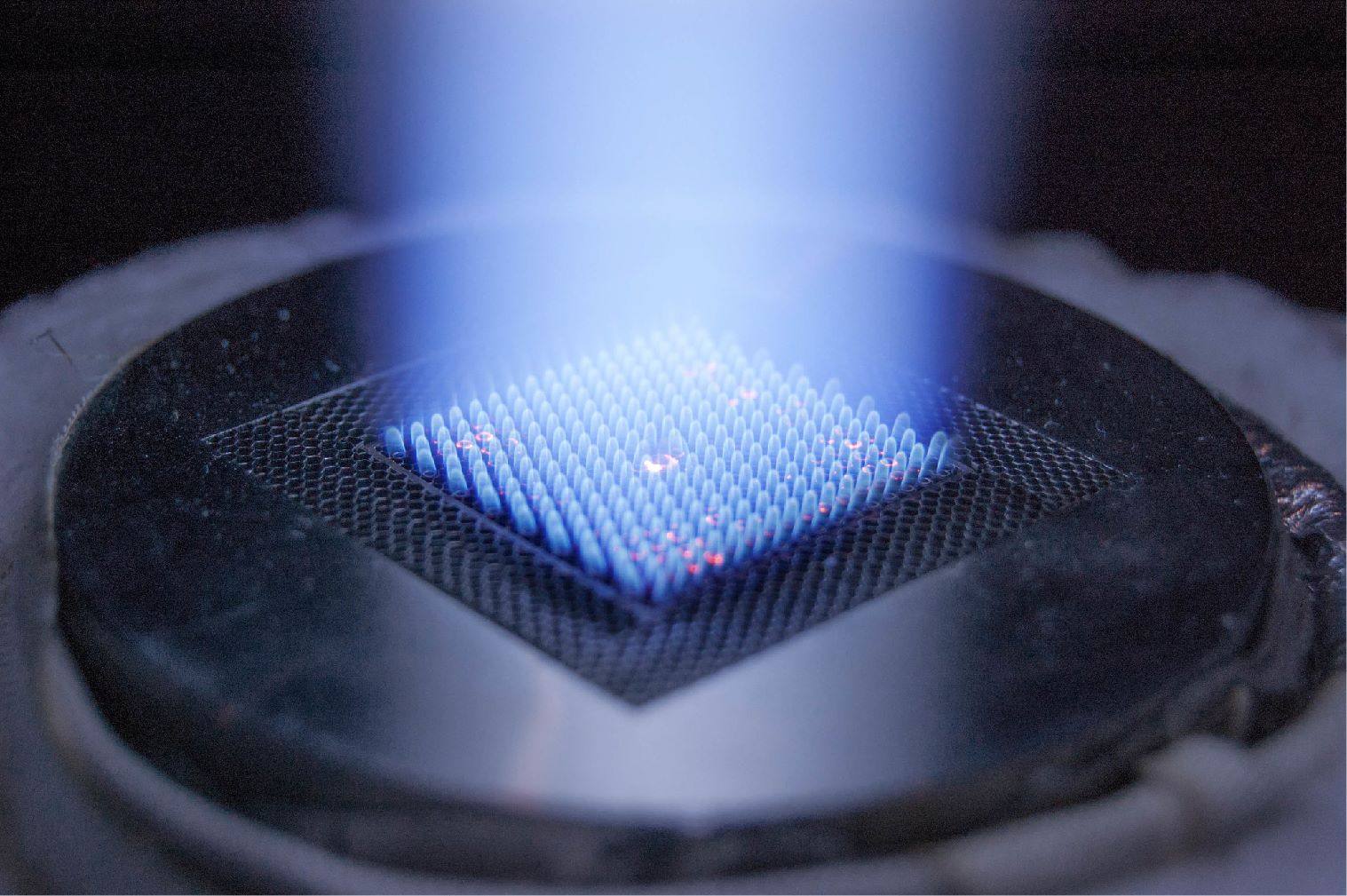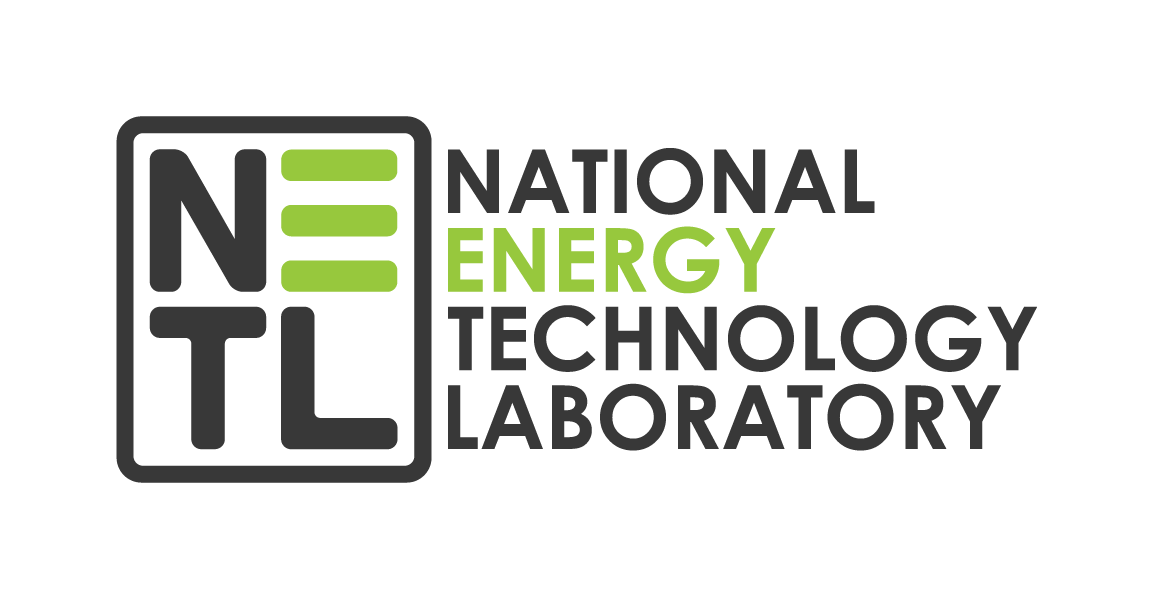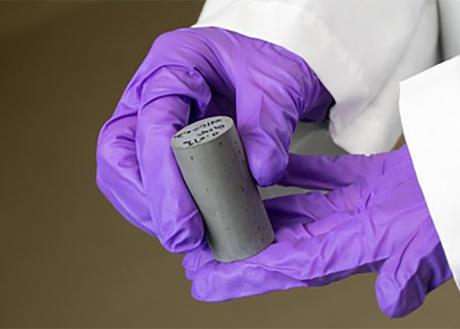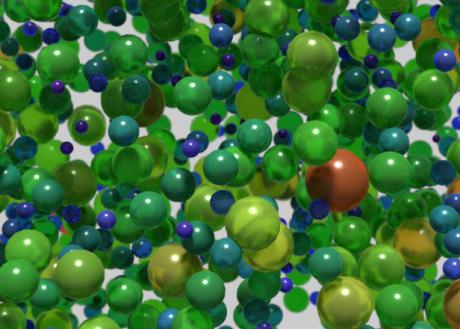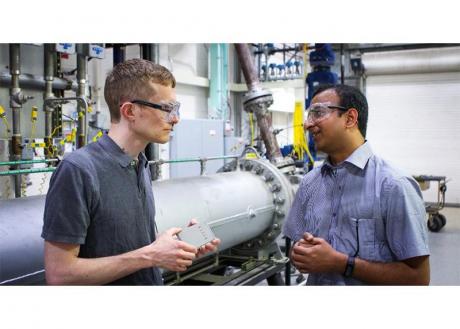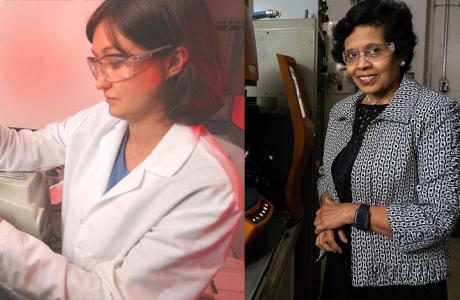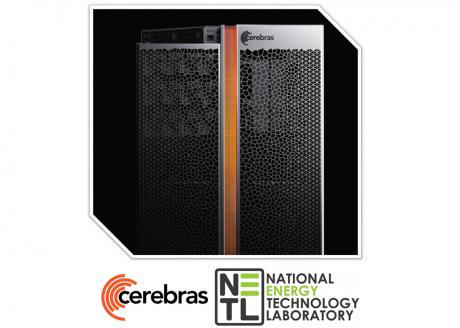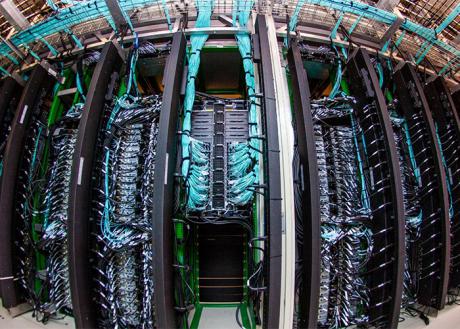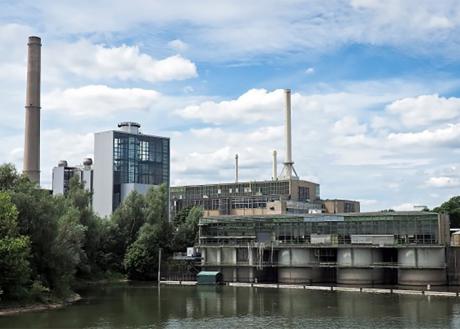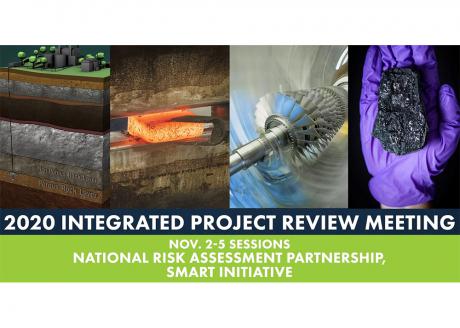NETL experts in systems engineering and analysis (SEA) are developing multi-scale approaches to modeling and analysis of technology, processes and markets. In 2020, through models and digital tools, reports and collaborations, the Lab’s SEA researchers made significant progress toward advancing technology solutions for our nation’s energy challenges.
Throughout 2020, NETL’s materials engineering and manufacturing research has demonstrated how historic energy resources can be used in remarkable new ways and how elements commonly thought of as a liability may present exciting new economic opportunities.
Harnessing the Potential of Carbon Dioxide
For example, carbon dioxide (CO2) may one day transition from a waste gas that contributes to climate change to a high-value feedstock used in the production of fuels, pharmaceuticals, plastics, fertilizers and a range of consumer goods.
NETL recently released version 20.3 of its world-renowned Multiphase Flow with Interphase eXchanges (MFiX) software suite, which included an improved modeling capability that allows for more accurate descriptions of real particle-size distributions, offering an important new tool for designing next-generation energy systems to power the nation. The new feature was sponsored by NETL’s Crosscutting Research Simulation-Based Engineering program.
Innovative and reliable energy conversion systems are at the heart of America’s evolving energy infrastructure. They allow for the production of power, fuels and chemicals from both fossil fuels and renewable sources to provide the electricity that powers nearly every aspect of our daily lives. NETL’s role in advancing these systems ranges from designing novel experimental modeling tools to testing more efficient solutions to generating power and materials in ways that reduce environmental impact.
Artificial intelligence (AI) refers to algorithms that can — for a given set of human-defined objectives — learn, predict and make decisions, significantly increasing the speed and efficacy of decision-making. Most AI applications use machine learning (ML) to find patterns in massive amounts of data. The patterns are then used for making predictions.
NETL is home to some of the most talented scientists in the world, which was recently highlighted in an analysis published by the journal PLOS Biology naming several NETL researchers as among the top 2% of scientists in the world based on their career-long citation impact up until the end of 2019.
An NETL collaboration with Cerebras Systems has demonstrated that their acclaimed CS-1 system could perform a key computational fluid dynamics (CFD) workload more than 200 times faster and at a fraction of the power consumption than the same workload on an optimized number of cores of the Lab’s supercomputer JOULE 2.0. Further development of this unique computational architecture could lead to a paradigm shift in NETL’s high-performance computing (HPC) efforts and help overcome challenges facing researchers as they design and model next-generation energy systems.
According to the latest rankings by TOP500, NETL’s Joule 2.0 supercomputer remains among the most powerful in the world, securing a position of 11th among DOE national labs, 26th in the United States and 82nd in the world.
A new, open-source computer model to quantify baseline life cycle impacts of electricity consumption in the United States is allowing for more robust and consistent analyses to inform decision makers and stakeholders.
Developed through a collaboration among NETL, the U.S. Environmental Protection Agency, and the National Renewable Energy Laboratory, the model is transparent and multifunctional for users.
The final week of the 2020 Virtual Integrated Project Review Meeting, hosted by the U.S. Department of Energy (DOE) and NETL, will explore the accomplishments and upcoming work to be undertaken by two NETL-led programs — the National Risk Assessment Partnership (NRAP) and the Science-informed Machine Learning for Accelerating Real-Time Decisions in Subsurface Applications (SMART) Initiative.
